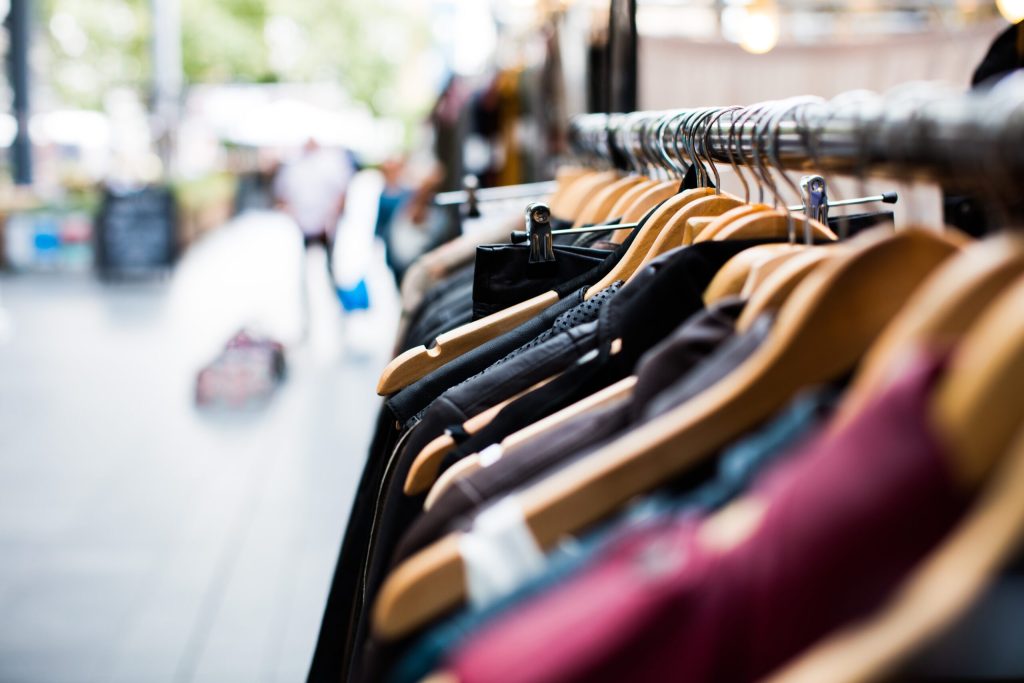
As London Fashion Week approaches, the spotlight will soon be on some of the UK’s biggest fashion brands, showcasing their latest collections. This annual event, organized by the British Fashion Council (BFC), is a celebration of creativity and innovation. However, it also underscores the deep-rooted sustainability issues plaguing the fashion industry. According to a recent report by Collective Fashion Justice (CFJ), only 3.4% of BFC members have public climate targets aligned with the Paris Agreement, revealing a significant gap in British fashion’s commitment to climate action.
The BFC, a key body representing various industry stakeholders, includes influential members such as Yoox, Net-a-Porter, and Savile Row. However, only a handful of brands—namely Burberry, Mulberry, Margaret Howell, Rixo, and Kyle Ho—have set science-based targets that align with global climate goals. This is in stark contrast to the broader UK business landscape, where 44% of companies have developed structured plans to reduce their carbon footprint, according to the Climate Ready Index.
Fashion Revolution, another not-for-profit organization advocating for industry reform, also painted a grim picture on a global scale. Their 2023 report found that 58% of the world’s 250 largest fashion brands show no clear progress on their climate goals. Orsola de Castro, co-founder of Fashion Revolution, highlighted that luxury fashion is not exempt from blame. “Brands can hide behind their own misdeeds. We have often viewed fast fashion as the primary issue, but now we see that even high-end fashion has a massive impact on the supply chain.”
Why Is Fashion Lagging Behind on Climate Action?
Despite fashion contributing to an estimated 10% of global carbon emissions, the industry remains woefully behind in addressing its environmental impact. Emma Håkansson, founder of Collective Fashion Justice, points to profit-driven motives and resistance to change as key obstacles. “Profit and business-as-usual are prioritized over climate action,” Håkansson said. She noted the fashion industry’s reluctance to embrace innovative materials, such as plant-based leather alternatives, which could significantly reduce emissions.
The materials used in fashion production account for 38% of the industry’s total emissions. Brands like Copenhagen-based Ganni are leading by example, reducing emissions by 7% simply by eliminating virgin leather from their collections. Håkansson believes that if more brands prioritized sustainable fabrications, it could make a profound difference. “The industry should be using its creativity to innovate, but instead, there’s hesitation and a commitment to outdated practices.”
The Impact of Animal-Derived Materials
One area of significant concern is the use of fossil fuel-based and animal-derived materials, particularly from ruminant animals like cattle. Håkansson emphasized that materials such as leather, wool, and cashmere have a massive methane footprint, contributing significantly to climate change. “There’s still a lot of misinformation about the environmental impact of animal-derived materials, and it’s not even recognized as a problem by many in the industry.”
The UK Fashion Industry’s Role in Sustainability
The fashion industry is the UK’s largest creative sector, employing 800,000 people and generating £26 billion annually. Despite its economic significance, there are few incentives for British brands to tackle the climate crisis head-on. Aja Barber, author of Consumed: The Need for Collective Change, Colonialism, Climate Change, and Consumerism, argues that increased accountability is crucial. “Without clear incentives or penalties, these corporations will continue with business-as-usual. Tax breaks for brands that achieve their climate goals could be one way to drive change,” Barber suggests.
Hannah Rochell, founder of the sustainable style website Slowette, recommends that London Fashion Week adopt sustainability standards similar to those set by Copenhagen Fashion Week. In Copenhagen, brands must meet sustainability criteria to participate, sending a strong message about the industry’s commitment to climate action. “Implementing similar standards in London would demonstrate that British fashion is serious about sustainability and improving working conditions,” Rochell said.
Government Action Needed for Real Change
While grassroots movements and consumer awareness are growing, sustainable fashion advocates agree that systemic change must come from the top. Lauren Bravo, author of How to Break Up with Fast Fashion, stresses that government intervention is essential for the industry to make meaningful progress. “We’re seeing a shift in consumer mindsets, but without top-down regulation, we won’t see the scale or speed of change required to tackle the climate crisis,” Bravo said.







